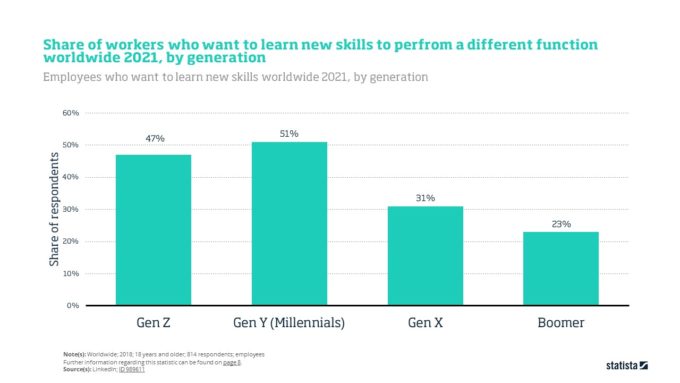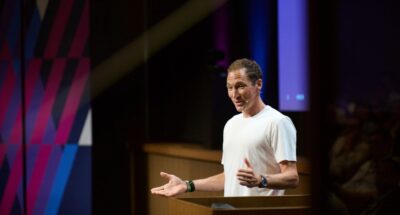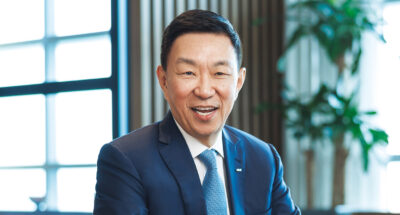Connecting learning to purpose
When it comes to the subject matter, CLOs should be thinking about designing and customizing learning experiences around these issues that matter most to the millennial workforce, in order to boost engagement and retention. If you’re not tapping into what people find personally authentic and rewarding, they will quickly move on.
Increasingly, millennials want to respond to society’s most pressing issues. In an era of uncertainty due to the Ukraine war, Covid-19 pandemic and climate change, millennials are looking to take meaningful action, with protecting the environment among the top priorities.
In turn, they expect employers to do more to help them tackle these challenges. And education is seen as crucial to promoting such action, because it helps employees understand and address the impacts of climate change and other crises, while giving them the skills to become agents of change.
Flexibility and personalization
Beyond the content itself, the design of learning journeys is going to have to change too. A key factor for millennials is the chance to learn different skills outside the scope of their current role; computer scientists want to build their creative skill sets and accountants want to learn data analytics.
That’s because millennials do not want to follow traditional corporate hierarchies; they want multiple pathways to move up in an organization. Having grown up in a fast-paced digital world, they crave new experiences; they see themselves more as portfolio careerists.
Because of this, employers need to be prepared to facilitate job rotations. And that means flexibility and personalization in training are central to retaining millennial talent. There is a strong preference for informal learning that occurs away from structured, formal development programs. This includes videos, articles, forums and coaching sessions that are weaved into daily work, and give learners the chance to explore and experiment with new skills for the right purpose at the right time.
As well as becoming ubiquitous, learning must become continuous, particularly as this generation prepares to live longer and retire later, as a result of demographic changes.
But in tailoring learning journeys to millennial tastes, a key success factor will be keeping them involved in the process. That’s because surveys show millennials expect a horizontal power structure that is more democratic and where their voices will be heard. Organizations that structure learning in a top-down fashion can expect to lose millennial employees — and their critical skills and competencies.







